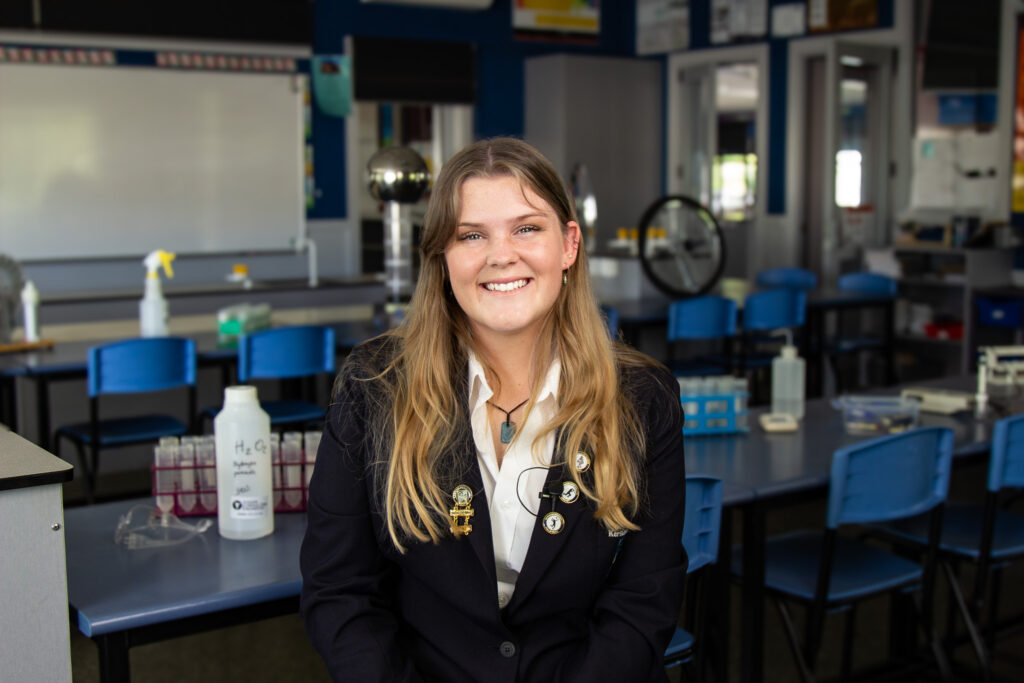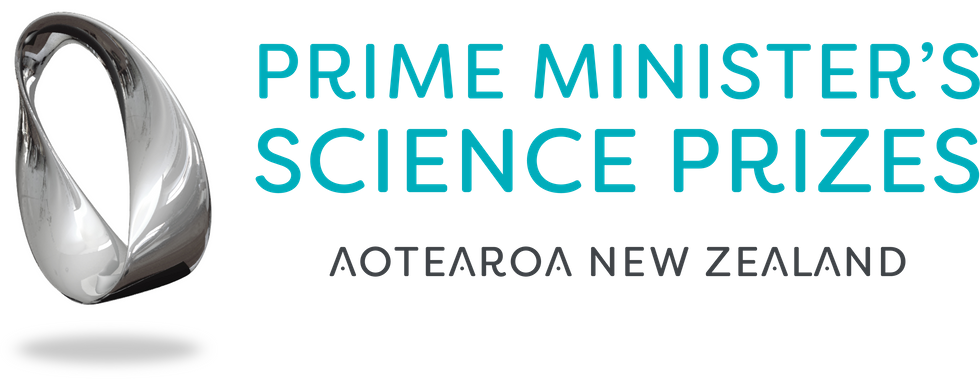2023 WINNER OF TE PUIAKI KAIPŪTAIAO ĀNAMATA THE FUTURE SCIENTIST PRIZE
SUNNY PERRY A YEAR 13 STUDENT AT KERIKERI HIGH SCHOOL, NORTHLAND HAS WON THE PRIME MINISTER’S TE PUIAKI KAIPŪTAIAO ĀNAMATA FUTURE SCIENTIST PRIZE FOR HER RESEARCH IN SOILS WHICH ARE RICH IN SULPHURIC ACID.
Read media release about Sunny’s prize.
Summary
Sunny Perry became interested in an unusual type of soil with the potential to become highly acidic when exposed to air. She discovered that there weren’t good maps of where these soils might be found around the Northland region. This risk has not been well-studied in New Zealand, compared with Australia and other countries.
Sunny decided to do a research project to map highly acidic soils around Northland, since these highly acidic soils can affect the health of plants, humans, and animals. They can even damage concrete and infrastructure.
Sunny started by researching how these soils form, which is mainly in coastal wetland areas such as tidal flats and mangroves. She selected 20 sites across Northland based on their geography, and predicted that she would be able to detect sulfide-rich soils at 70% of these sites. Sunny planned a method to test soils at the sites, modifying a procedure based on the Australian guidance. She used a geographic information system to select and map her testing sites. After collecting data from 480 tests of soil pH at different depths in each of the twenty sites, Sunny found sulfide-rich soil at 90% of the sites.

Her research found that these soils form in low-energy wetland environments where there are sulfates and iron present in the soil, with microbes living in an anaerobic state. The anaerobic respiration of the microbes means that they use alternative electron acceptors like sulfate (SO42-) to respirate. The microbes remove the oxygen from the sulfate making sulfide which is a necessary process for forming pyrite. Because the pyrite is formed below the water line, it does not oxidise, but precipitates and mixes with the surrounding soil. This soil becomes potential acid sulfate soil. So long as it lies unoxidised, it is harmless. However, if it is disturbed and allowed to oxidise, it generates sulfuric acid. The risk is that as pressure to develop marginal land continues, these soils are more likely than ever before to be disturbed.
Sunny developed a GIS (Geographic Information System) to aid in the selection of testing sites and developed a modified testing procedure based on the Australian National Acid Sulfate Soils guidance: National Acid Sulfate Soils Sampling and Identification Methods Manual (Sullivan 2018). To streamline the testing process, she modified the procedure, such as bagging, vacuum-packing, and chilling samples, which significantly increased efficiency and accuracy. She reduced errors by including triple trials for each depth, calibrating the digital pH meter, and thoroughly cleaning equipment to prevent cross-contamination.
Sunny was able to successfully validate the hypothesis, with 90% of the tested sites indicating the presence of PASS, particularly in low-energy, low-lying, and wetland or former wetland environments. Sunny recommends that additional sampling be undertaken to enhance data accuracy and this would include laboratory testing to confirm the presence of actual acid sulfate soils and assess sulfate quantity. As some of the sites that were inconclusive and might still contain these soils, future testing should aim to avoid locations where fill has been introduced.
Sunny learned a number of specialist techniques during her investigation into acid sulfate soils in Northland. These techniques included research and problem-solving skills; ability to use geospatial tools to answer complex questions and to present data in a visually appealing and informative manner; Analytical skills – Sunny conducted soil sampling and analysis to collect data on a range of parameters, including pH, soil texture, and reaction rate. She demonstrated her ability to accurately, meticulously, and independently undertake testing to collect and analyse data. She carried out these procedures carefully, obtaining accurate and reliable results. This was a huge undertaking for the ambitious Year 12 student. Her results will help to guide decisions about the management and use of land in Northland, and should trigger further testing of soils at different sites to assess the scale of the problem. The experts on the selection panel for the prize were very impressed with the scale of Sunny’s research and its importance for the Northland region and beyond.
Now in her final year at Kerikeri High School, Sunny is concentrating on her school-work while considering what area of science she will study next year at university.


